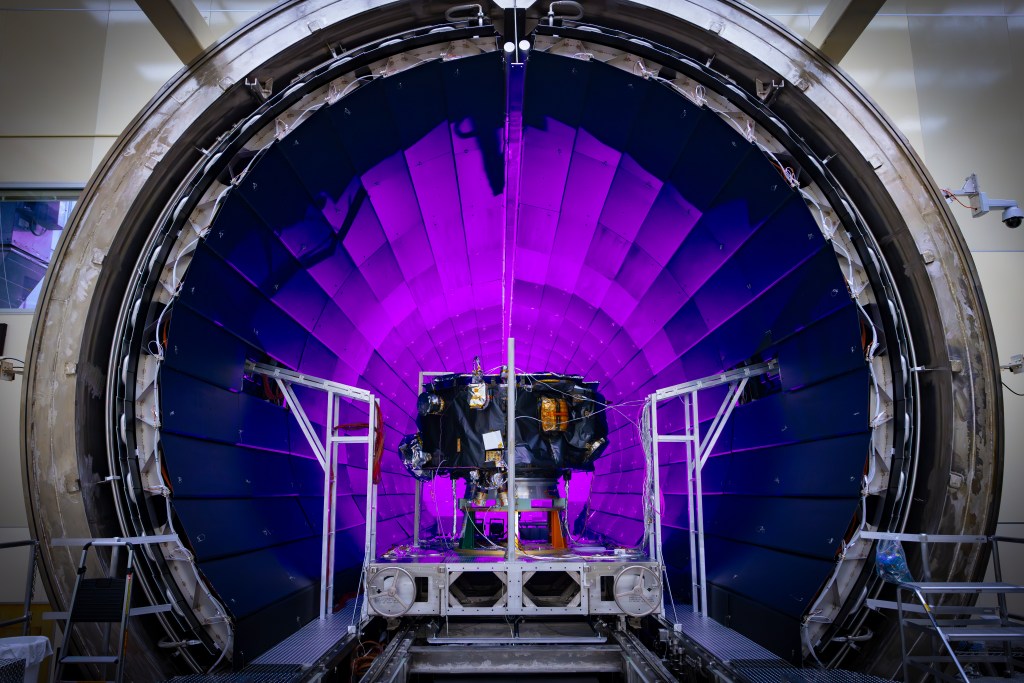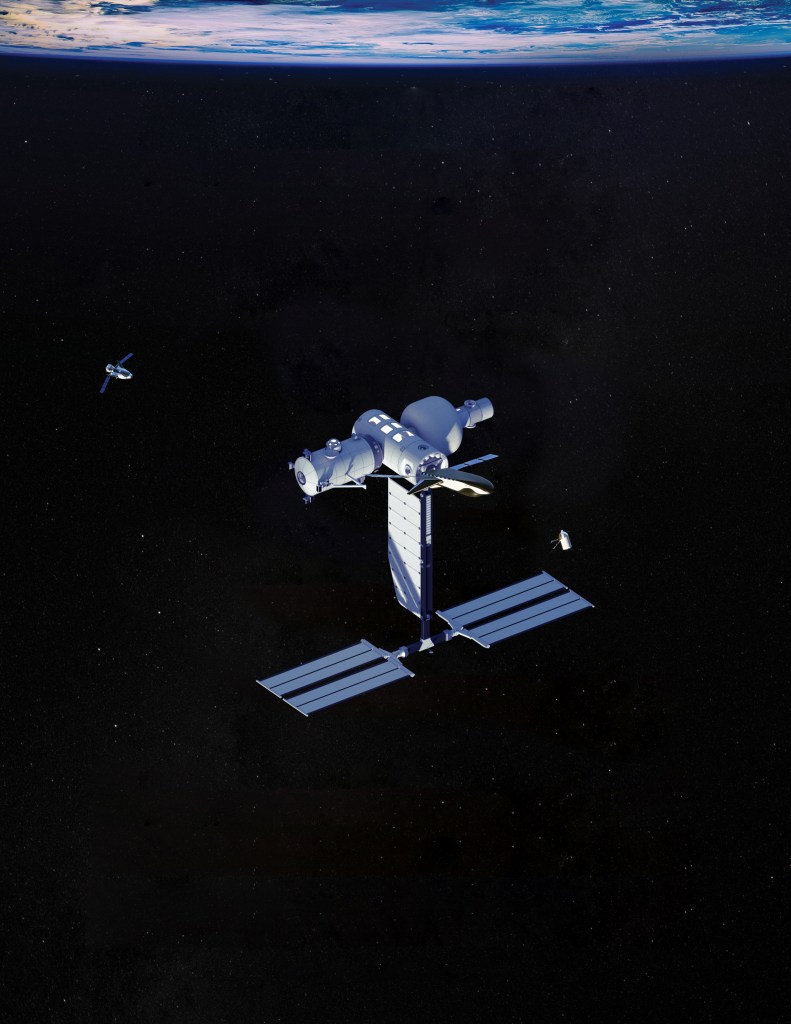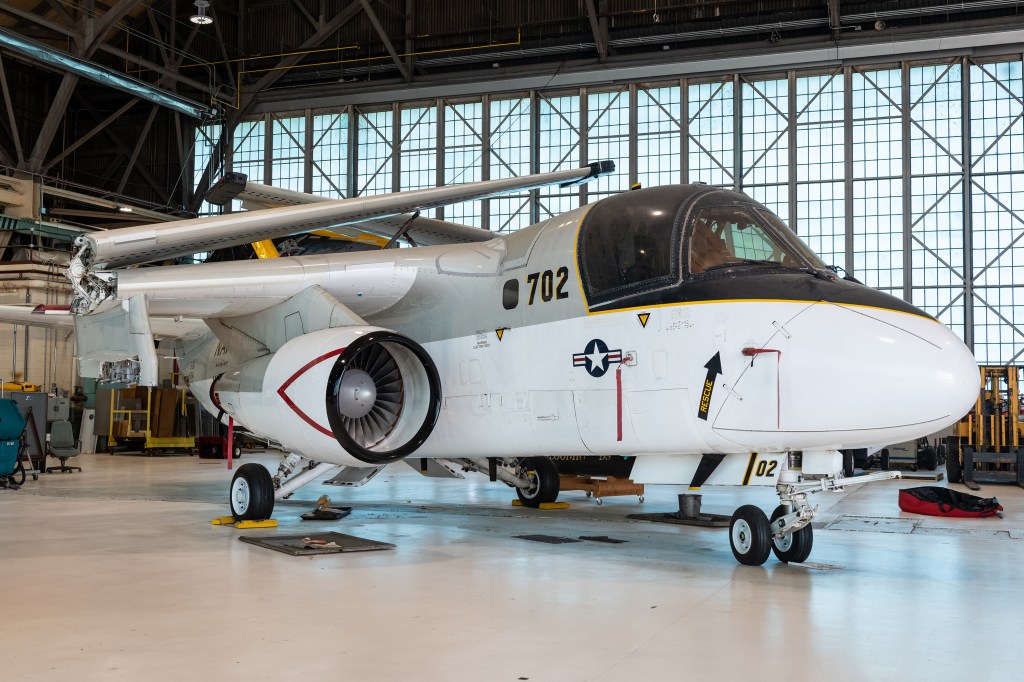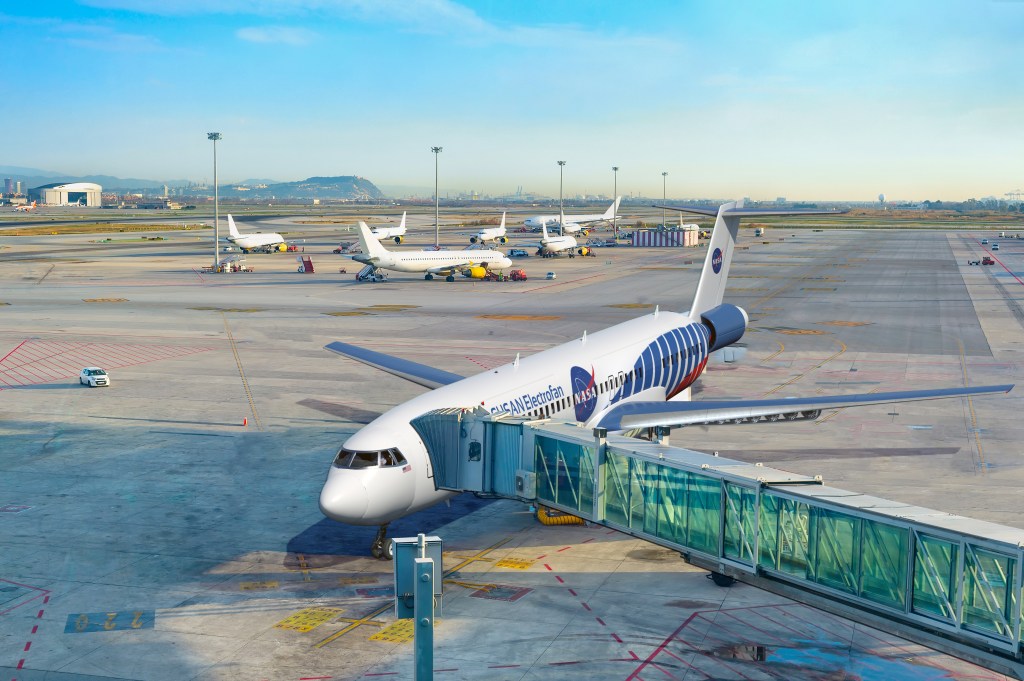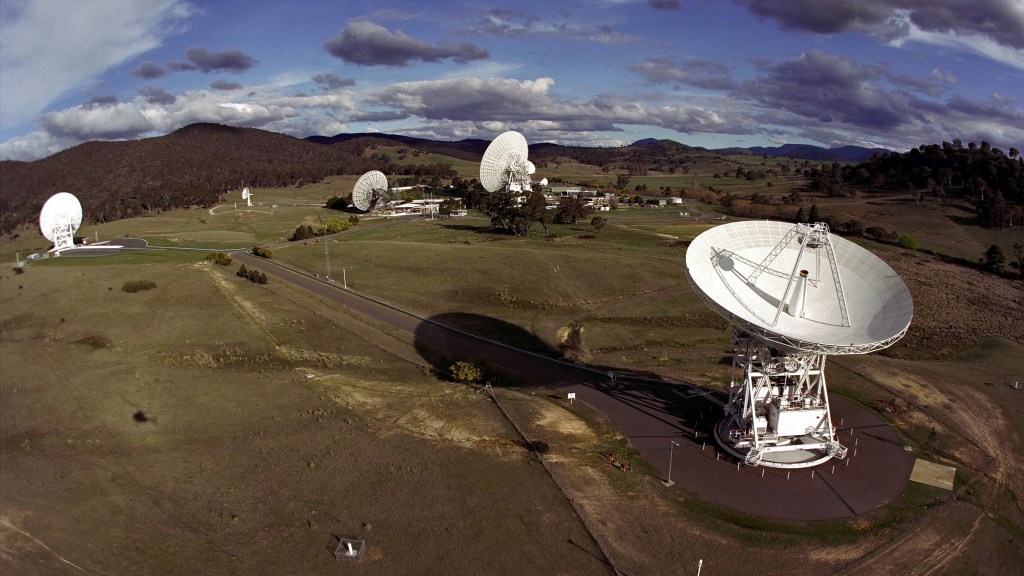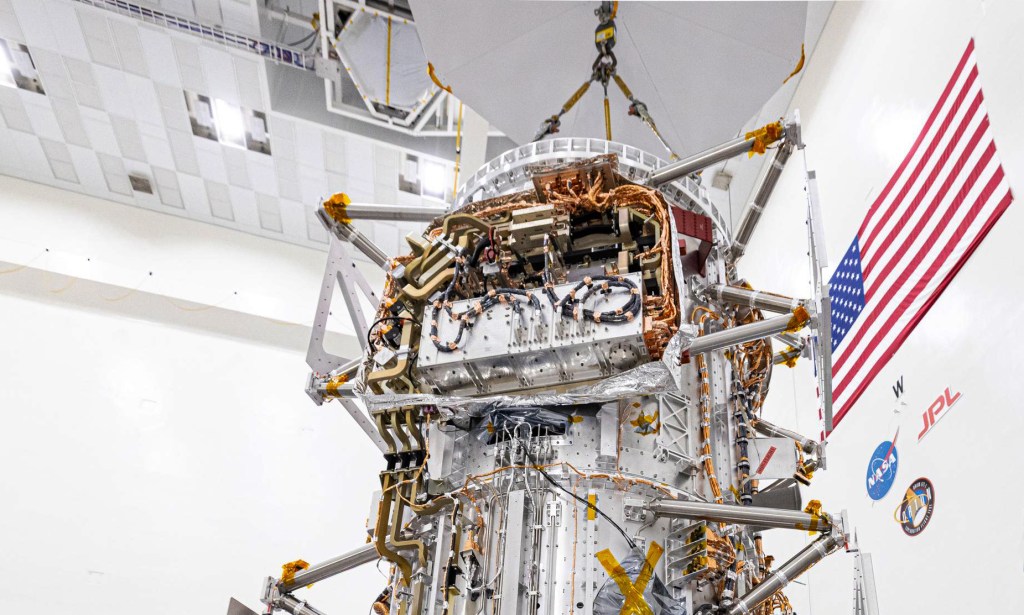
The Vehicle Assembly Building (VAB) at NASA’s Kennedy Space Center celebrates its 50th anniversary this month. After serving through the Apollo and Space Shuttle Programs, the mammoth structure now is undergoing renovations to accommodate future launch vehicles and to continue as a major part of America’s efforts to explore space for another 50 years.
Construction began with driving the first steel pilings on Aug. 2, 1963. It was part of NASA’s massive effort to send astronauts to the moon for the Apollo Program. Altogether, 4,225 pilings were driven down 164 feet to bedrock with a foundation consisting of 30,000 cubic yards of concrete. Construction of the VAB required 98,590 tons of steel. When completed in 1965, the VAB was one of the largest buildings in the world with 129,428,000 cubic feet of interior volume. The structure covers eight acres, is 525 feet tall and 518 feet wide. To accommodate moving, processing and stacking rocket stages, 71 cranes and hoists, including two 250-ton bridge cranes were installed. On the east and west sides are four high bay doors, each designed to open 456 feet in height allowing rollout of the Apollo/Saturn V moon rockets mounted atop launch umbilical towers.
This photo from November 9, 1970, shows a ground level view at Launch Complex 39, Kennedy Space Center, with the Apollo 14 (Spacecraft 110/Lunar Module 8/Saturn 509) space vehicle leaving the Vehicle Assembly Building. The Saturn V stack and its mobile launch tower, atop a huge crawler-transporter, were rolled out to Pad A.
Image Credit: NASA




